Release Date: September 2023
RRP: 9350 yen
When the Ultraseven S.H. Figuarts range hit in 2017 around the time of its 50th anniversary, Bandai Tamashii Nations did a pretty great job of getting many of its most iconic enemies into the line as quickly as possible. Over the years fans received the likes of Alien Metron, King Joe, Alien Guts and Pandon, but amongst those who were not so lucky one candidate did seem like a very strange omission - particularly when they once won the Japanese "Best Monster Award". Now five years later as Ultraseven's 55th anniversary passes over us S.H. Figuarts Eleking finally arrives, and as a standard retail release no less.
It's been a while since the Ultraman range ventured back into larger kaiju so S.H. Figuarts Eleking's MonsterArts-sized box still feels like a bit of a novelty. The design of the packaging has been done in an identical style to previous Showa-era Ultraman releases, sporting swirling patterns alongside curiously shaped window sections. The front features a good look at the figure inside along with a picture of Eleking from its original Ultraseven appearance, with the overall colour scheme a slightly darker version of the kaiju's hide. The back of the box features further images of the figure in a variety of different poses, with one side of the box also sporting a nice profile image. Inside the figure is comfortably laid out on its plastic tray, with the (minimal) instructions required for the accessories printed on one of the inside side flaps.
As one of the franchise's most recognisable kaiju Eleking would go on to face many different Ultras over the years, but this S.H. Figuarts release is specifically based on the original version that appeared in Ultraseven back in 1967. Not that there's really much difference between them all in reality, but the various wrinkles moulded into the figure are definitely supposed to be reminiscent of that original suit. And a great representation of the iconic monster it is too, with giant horns in the place of eyes and that translucent bar that acts as its mouth. Bandai have really nailed that yellowing-white colour scheme that the original suit gained from water staining, with all of the black sections moulded on with different texturing. Some areas even have an additional wash of grey paint to give it that extra bit of depth, which is particularly prevalent along the monster's back.
As tends to be the case with kaiju figures in both the Figuarts and MonsterArts line, Eleking's body is held together by a skeleton of ball joints to offer that impressive level of articulation. The coverings do limit that wide range a ball joint would usually offer, but even then Eleking is certainly no slouch when it comes to poseability. Altogether you'll find these ball joint connections in the head, neck (x2), shoulders, elbows (x2), wrists, torso, waist, hips, knees (x2), ankles and tail. The tail itself has to be some of the best work Bandai have ever put into a monster figure, made up of 13 separate segments that can each move of their own accord. Laid out flat this tail reaches an impressive length of 12", the abundance of ball joints allows it to curl almost around the body itself. Another vital component of any good Eleking figure is the ability for its antennae-like horns to rotate, and while the Figuarts version is capable of this just be careful as they do feel a little stiff at first.
Likely due to the size of the figure Eleking just comes with a single accessory - a static coiled version of its tail that can be used alongside Ultraseven to recreate an iconic moment from their fight in Eleking's debut episode, "The Secret of the Lake". Swapping the tail pieces around is simply a case of popping off everything after the fourth segment on the articulated one and then attaching this one to the exposed ball joint. In addition to making a nice display piece alongside Ultraseven, this tail is also a lot more manageable should you find the size of the articulated one a little too unwieldy to display. Given the name it perhaps would have been nice to get some electrical effect parts with the figure as well, but given that most of those attacks seem to have originated from appearances after Ultraseven it's not surprising they've been omitted - Bandai do like to tie these Ultraman releases to a specific series after all.
Given how long I've coveted an S.H. Figuarts Eleking I will admit that there is likely some level of bias in this review, but wow did Bandai come back to larger-scale Ultraman kaiju with a bang. While the accessory count may be a little lacking (still, one accessory is still one more than a lot of MonsterArts releases get), that higher price tag is definitely earned with the quality of the figure itself. Not only does Eleking look great (working perfectly as both the original Ultraseven version and alongside subsequent heroes from the franchise), but that tail articulation is just outstanding. While there will always be popular foes from Ultraseven the line can revisit it's fair to say that with the release of Eleking Figuarts has plugged its biggest gap from the series, and one can only hope that other Ultraman instalments end up with this much love.







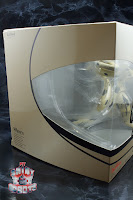




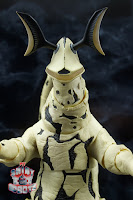
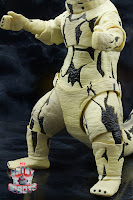
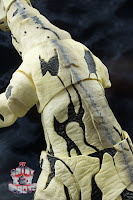












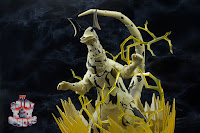


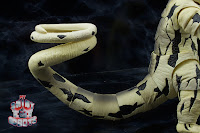











No comments:
Post a Comment